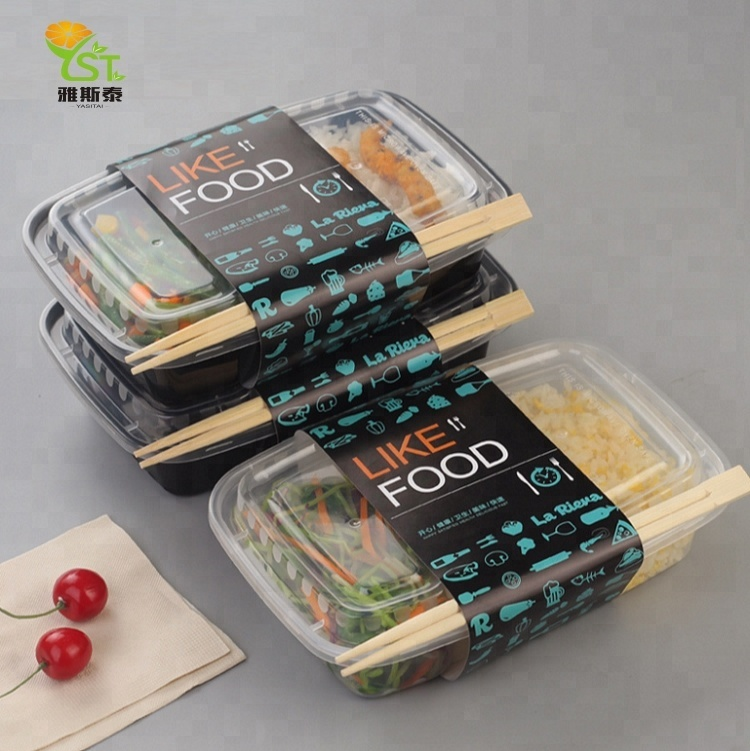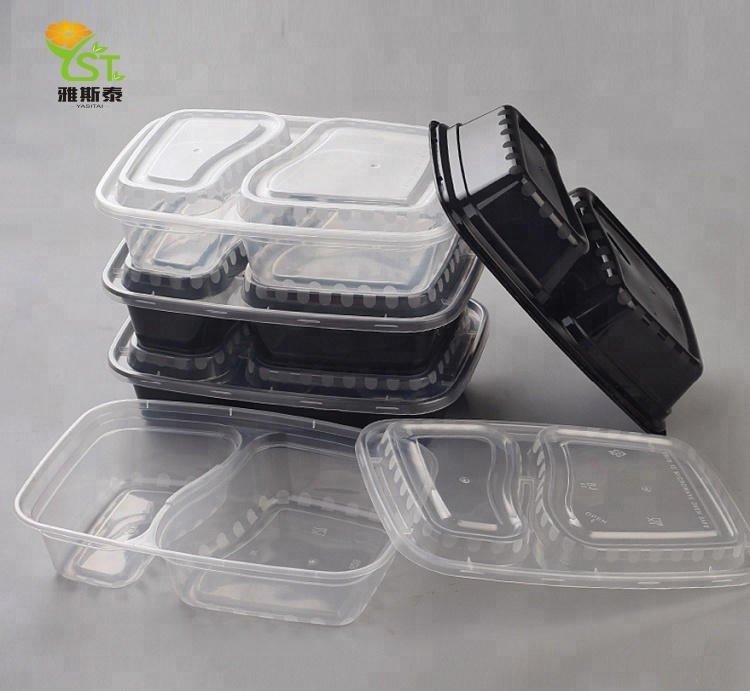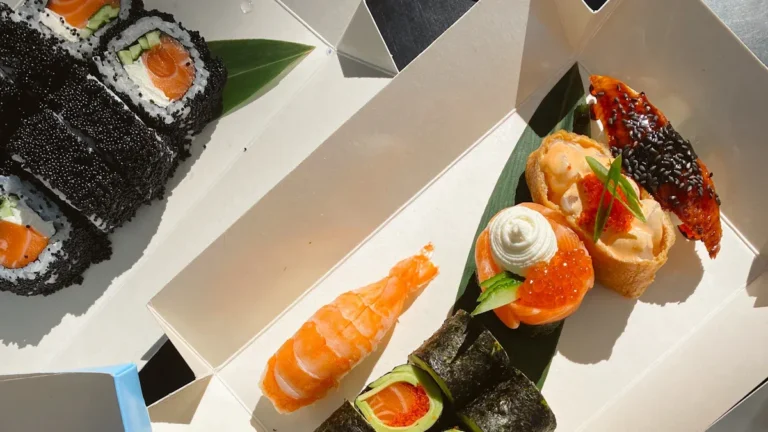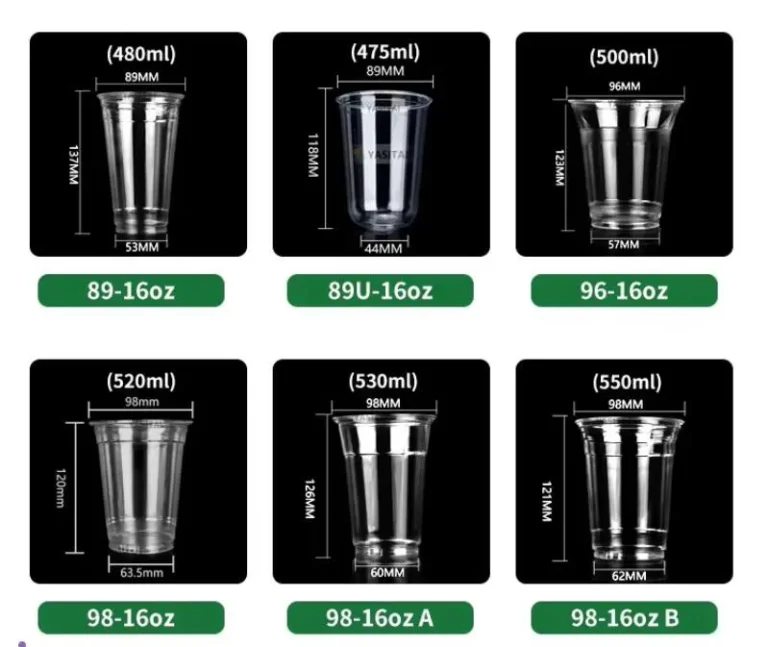A evolução das embalagens de alimentos na era da comida para viagem
Evolution of Food Packaging in the Age of Takeout and Delivery
The rise of the takeout and delivery culture has had a profound impact on the food packaging industry. As more and more people opt for convenient food options on the go, the demand for high-quality, functional, and sustainable food packaging has never been greater.
One of the most significant developments in this area is the evolution of sushi boxes. In the past, sushi was typically served in traditional wooden or plastic boxes that were not always convenient for takeout and delivery. No entanto, with the growing popularity of sushi as a takeout option, there has been a need for more innovative and practical packaging solutions. Today, we see the emergence of multi-tiered sushi boxes that not only keep the sushi fresh and intact during transportation but also offer a visually appealing presentation. These boxes are designed to meet the specific needs of the takeout and delivery market, allowing customers to enjoy their favorite sushi dishes in the comfort of their own homes.

Food containers and trays have also undergone significant changes. Manufacturers are now using advanced materials and designs to ensure that the containers are leak-proof, adequado para micro-ondas, and able to maintain the temperature of the food. Por exemplo, some food containers are made from high-quality PP (polypropylene) material, which is heat-resistant and provides a tight seal to prevent leaks. This is especially important for hot food items such as soups and stews, which need to be transported and stored safely without spilling or losing heat.
In addition to functionality, there is also a growing focus on the environmental impact of food packaging. With the increasing awareness of plastic waste, consumers are demanding more sustainable options. This has led to the development of biodegradable and compostable food containers made from materials such as PLA (ácido polilático). These materials offer a greener alternative to traditional plastics and can help reduce the environmental footprint of the food packaging industry.

Another trend in food packaging is the customization and personalization of packaging. Restaurants and food businesses are now looking for ways to differentiate their products through unique packaging designs. This not only helps to attract customers but also builds brand identity. Por exemplo, some businesses are printing their logos and slogans on the food containers and trays, creating a distinct visual identity that customers can easily recognize.
Overall, the food packaging industry is constantly evolving to meet the changing needs of the takeout and delivery market. From innovative designs to sustainable materials, the future of food packaging looks promising, offering both convenience and environmental responsibility.



Reading your article helped me a lot and I agree with you. But I still have some doubts, can you clarify for me? I’ll keep an eye out for your answers. https://www.binance.com/register?ref=IHJUI7TF
Your point of view caught my eye and was very interesting. Thanks. I have a question for you.